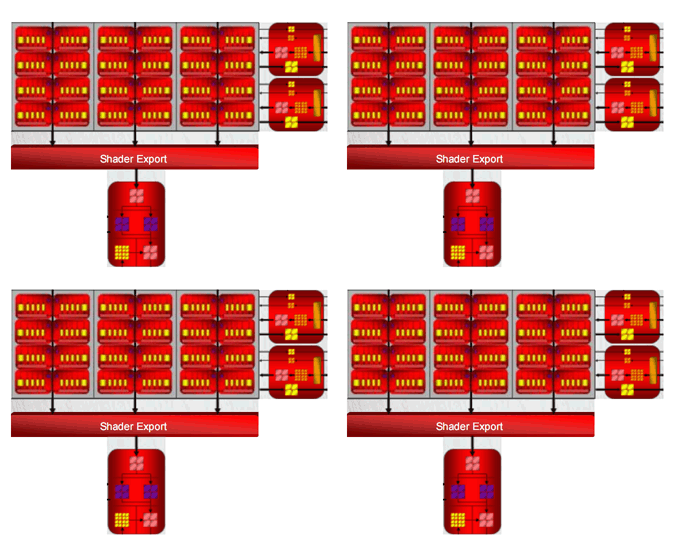This could be many different things all of which doesn't necessarily have anything to do with rendering algorythm. Imo AFR will stay as the main rendering mode for all multi-GPU cards for the nearest future.
Right. As it's said there, GT200 isn't a proper codename, so you might wanna stop using it altogether -)
Er, no.This is the board that has long been rumoured to be "almost 1 TFLOP" (and was supposed to launch in November).
As i see it, GT200 is a G100 chip which is at least two times faster than 1TF.
1TF board could be some cancelled chip like 192 SPs G90 or it could be the upcoming G92GX2, but i doubt that it is G100-based board. The way i see it G100 never was their fall'07 product.



